Researchers have found that astrocytes, a type of brain cell can harbor HIV and then spread the virus to immune cells that traffic out of the brain and into other organs.
Press Releases
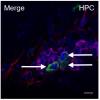
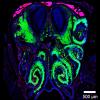
Researchers at the National Institute of Neurological Disorders and Stroke (NINDS), a part of the National Institutes of Health, have identified a specific, front-line defense that limits the infection to the olfactory bulb and protects the neurons of the olfactory bulb from damage due to the infection.
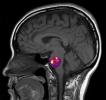
In a nationwide study, NIH funded researchers found that the presence of abnormal bundles of brittle blood vessels in the brain or spinal cord, called cavernous angiomas (CA), are linked to the composition of a person’s gut bacteria.

The National Institute of Neurological Disorders and Stroke, part of the National Institutes of Health, announced the latest recipients of the R35 Research Program Award (RPA).
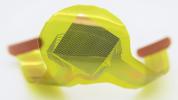
NIH BRAIN Initiative® funded researchers showed that it is possible to use computer chip manufacturing techniques to make a Neural Matrix: a soft, flexible electrical recording device for long lasting, high fidelity monitoring of brain activity.
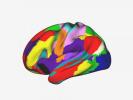
With nearly $290M of new funding for seven years to research institutions around the country, the National Institutes of Health renewed its commitment to the Adolescent Brain Cognitive Development (ABCD) Study(link is external), the largest long-term study of brain development and child health ever conducted in the United States.

According to a recent analysis of data from two major eye disease studies, adherence to the Mediterranean diet – high in vegetables, whole grains, fish, and olive oil – correlates with higher cognitive function.

In the largest study to date of proteins related to Alzheimer’s disease, a team of researchers has identified disease-specific proteins and biological processes that could be developed into both new treatment targets and fluid biomarkers.
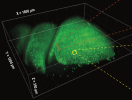
Our ability to study networks within the nervous system has been limited by the tools available to observe large volumes of cells at once.

A new study in Neuron offers clues to why autism spectrum disorder (ASD) is more common in boys than in girls. National Institutes of Health scientists found that a single amino acid change in the NLGN4 gene, which has been linked to autism symptoms, may drive this difference in some cases.
